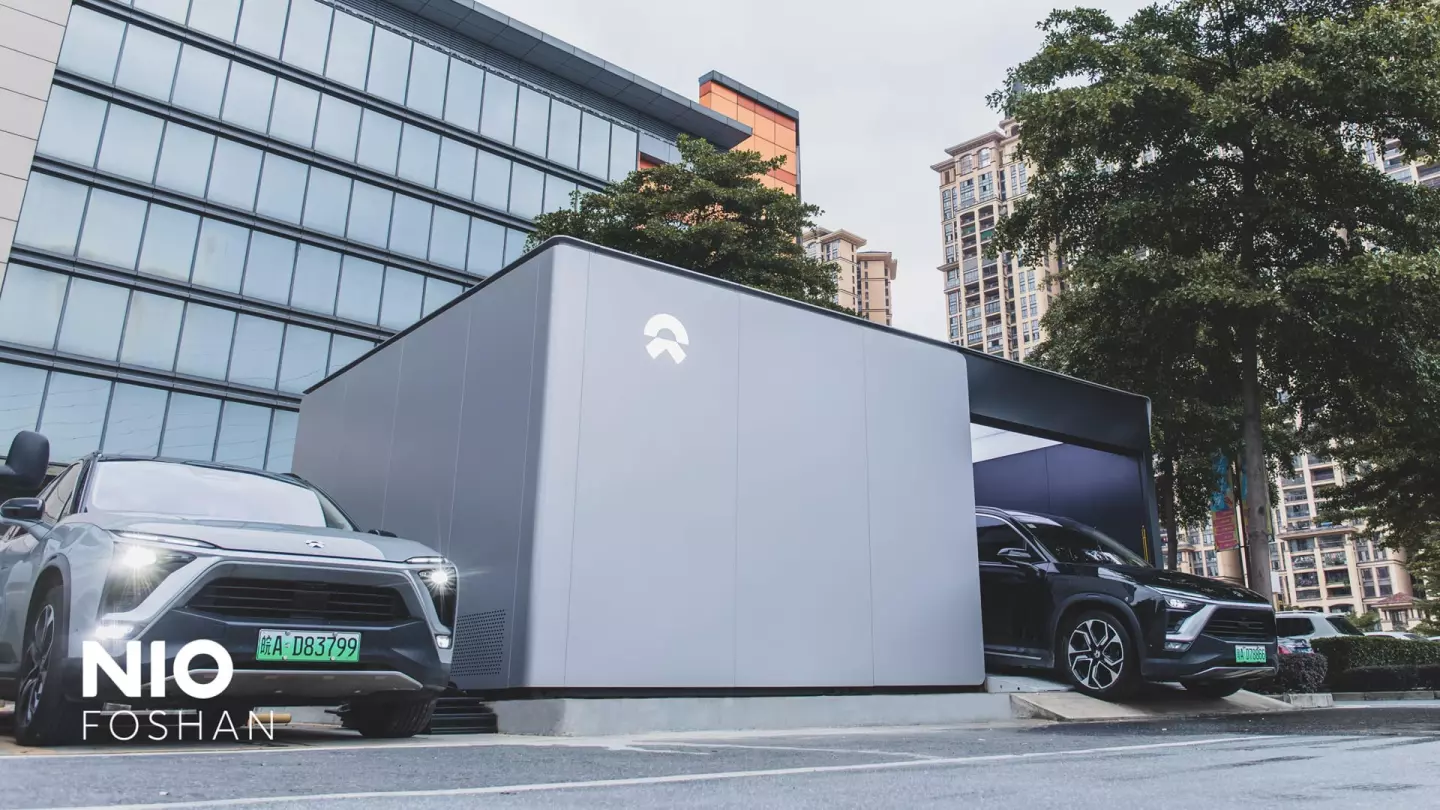We're no strangers to being able to remove a battery unit from an ebike for charging indoors, and even if you move up the electric vehicle ladder to an electric scooter, you may be lucky enough to be able to swap out a dead pack for a fresh one. But things get more complicated for electric cars. Chinese EV maker Nio has had swappable batteries at the heart of its design language for a while now, and has recently celebrated its 500,000th battery swap.
The convenience of being able to pull up to a "fuel station" when your car's battery pack is running low and have it swapped out, rather than wait around for a top up at the charger, is an appealing one. A company called Better Place set up a number of demonstration projects over a decade ago, and even launched commercially, but couldn't balance the books and went into liquidation in 2013.
Nio packed more than 500 patented technologies into its battery swap solution, the first of which opened at the Nanshan High Tech Industrial Park, Shenzhen, in 2018. The idea is that Nio EV drivers can pull up to one of the company's Power Swap stations and have the vehicle's battery pack automatically swapped out in just three minutes. The onboard electrical systems are also given a health check as part of the process.

More Power Swap stations have been installed since, and there are now 131 units in 58 cities across China, with the latest opening in Foshan just last month. But the 500,000th battery swap actually took place at the Shanghai Auto Expo Park on May 25.
Another advantage of such a service is that drivers could benefit from higher capacity or better performing battery technology as it comes along, potentially without having to purchase a new electric vehicle. But there's still some way to go before battery swap technology reaches mainstream usage for electric cars, but with three major Chinese economic zones already covered, Nio looks to be charging ahead with the service.
Source: Nio







